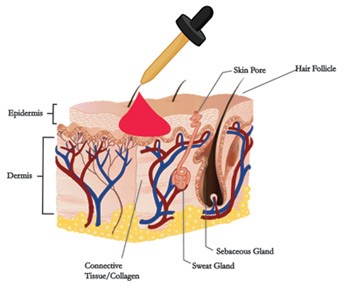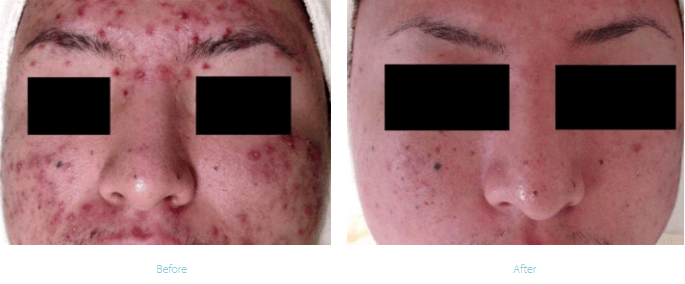

Jen Davis, who works in Outer Limits’ Orange location, said she has never felt hamstrung by her gender in a male-dominated industry. The three artists bring widely varied perspectives to the film. The students focused on three women tattooists for Outer Limits, including Kari Barbra, who owns the three shops in Southern California and is something of a female pioneer in the industry.

“The trust they gained comes through in their film,” the professor said. knew that the students would face a big hurdle in getting the female artists to embrace the project. So when the two took the Ethonographic Fieldwork class together, it seemed natural to present as a film their joint research on such a visual subject. With the professor’s help, she eventually crafted her own major in cultural anthropology.Īlso during her Chapman journey, Vallario met Heskett, a film major who adopted her appreciation for anthropology. Vallario came to Chapman from Northern California as a math major but discovered a new passion as a sophomore when she took Takaragawa’s introductory class in anthropology. But at its heart, the film reflects the basic curiosity of the student researchers themselves. The documentary, made for Professor Stephanie Takaragawa’s Anthropology 301 class, is gleaned from five hours of interviews and dozens more hours of other historical and ethnographic research. The eight-minute film dips a tattooed toe into the lives of these female artists - “how they fit in with the guys and how that process changed their personalities, if they changed at all,” Vallario said. It’s really only since the 1970s and ’80s that women tattooists started making inroads, and even today they remain a minority in the industry. And if by “we” she means women of the tattooing industry, then no, they have not always been doing this. The voice belongs to tattoo artist Laura Wangerin, one of the main subjects of the film. , made by Chapman University anthropology researchers Alyson Vallario ’14 and Drew Heskett ’14.
#Skin deep long beach skin
They found tattoos preserved on the skin of cavemen.

“Tattooing has been around as long as people have. Chapman anthropology students go more than skin deep to document the experience of women tattooists.Īndrew Heskett ’14 and Alyson Vallario ’14, right, spent hours interviewing women tattooists, including Jen Davis.


 0 kommentar(er)
0 kommentar(er)
